Flat Porcelain Crab
Author: Leo Looi
Photos: Leo Looi & D. Young
Common Name: Flat Porcelain Crab
Scientific name: Petrolisthes cinctipes
Size range: The carapace of the Flat Porcelain Crab is up to 2 cm (0.9in) across.
Identifying Features The Flat Porcelain Crab looks stocky and has broad, flat, even-sized claws. Sometimes the claws are even 1.5-2 times larger than its body! Its main identifying features are light to dark brown carapace and the carpi of the claws do not have hair as well as the claw being a reddish-orange colour. Their carpus has a long anterior lobe extending over a quarter of the total carpus.
Habitat
The Flat Porcelain Crab lives in abundance in the Pacific Coast tide pools and can be found under rocks in the upper and middle intertidal of shorelines near or on an exposed outer coast. They hide under stones and debris, between mussels, sponges, and mussel beds. They prefer rocky intertidal zones with plenty of organic matter and debris, often slightly muddy. They range from Porcher Island in Northern BC to Southern California. They generally have a noticeable gape in one of their claws, but the function of this is unknown as the pincers aren’t used in feeding.
Predators
The predators of the Flat Porcelain Crab include fish, racoons feeding along the intertidal zone and occasionally birds such as seagulls will eat them too.
Prey The Flat Porcelain Crab feeds on plankton, diatoms, and suspended detritus by using the feathery hairs on its maxillipeds, which it waves in the water. When feeding, the crab hides under stones, mussel beds, and sponges. When safely concealed, they eat by sweeping their feathery maxillipeds through the water like fine-meshed nets to capture diatoms and other drifting plants and animals.
Life Cycle
Male and female anomuran crabs press their ventral surfaces together and release eggs and spermatophores simultaneously. The female carries a ‘sponge’ of eggs brooded between the abdomen and the body. The fecundity varies with body size and sampling site from ~25 to 900 eggs over a range of carapace width of 3-10 mm. Each egg hatches into zoea, a larva armed with a long rostral spine, and two posterior spines, which drifts in the plankton. The zoea goes through a molt into a second zoea stage, then molts into a post-larval megalopa larva, with prominent eyes and fully developed appendages. The megalopa molts into a miniature ‘first crab’ which has features of an adult crab.
This is the molt from the Flat Porcelain crab seen in the other photos.
References
Cowles, D. (n.d.). Petrolisthes eriomerus Stimpson, 1871. Retrieved January 15, 2024, from https://inverts.wallawalla.edu/Arthropoda/Crustacea/Malacostraca/Eumalacostraca/Eucarida/Decapoda/Anomura/Family_Porcellanidae/Petrolisthes_eriomerus.html
iNaturalist Canada. (n.d.). Flat Crab (Petrolisthes eriomerus) · iNaturalist Canada. iNaturalist Canada. Retrieved January 15, 2024, from https://inaturalist.ca/taxa/47803-Petrolisthes-eriomerus
Jensen, G. C. (2014). Crabs and Shrimps of the Pacific Coast: A Guide to Shallow-water Decapods from Southeastern Alaska to the Mexican Border. MolaMarine.
Matthews, C. (2020, June 15). Porcelain Crabs. Mayne Island Conservancy. Retrieved January 15, 2024, from https://mayneconservancy.ca/porcelain-crabs/
Petrolisthes cinctipes Flat porcelain crab. (2015, December 17). Mainpage Reeflex. Retrieved January 15, 2024, from https://www.reeflex.net/tiere/9047_Petrolisthes_cinctipes.htm


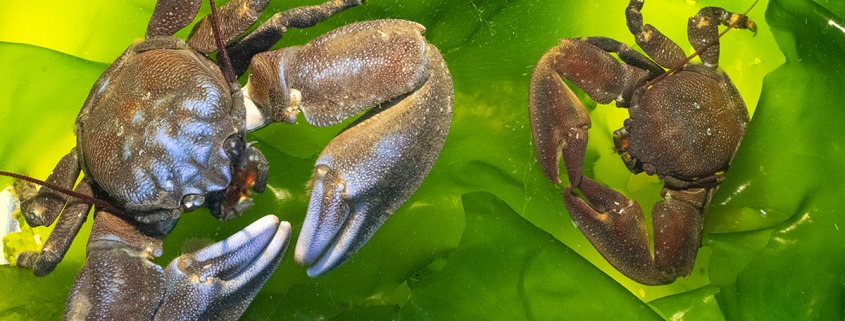
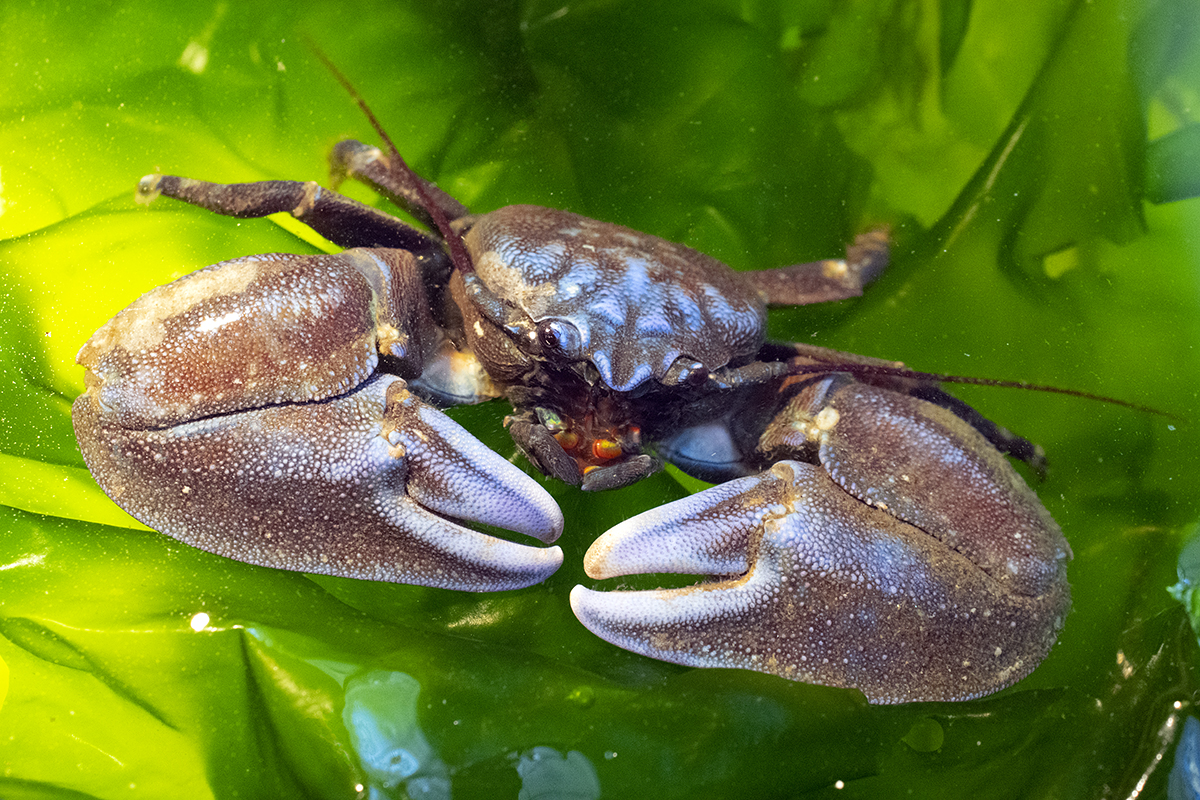
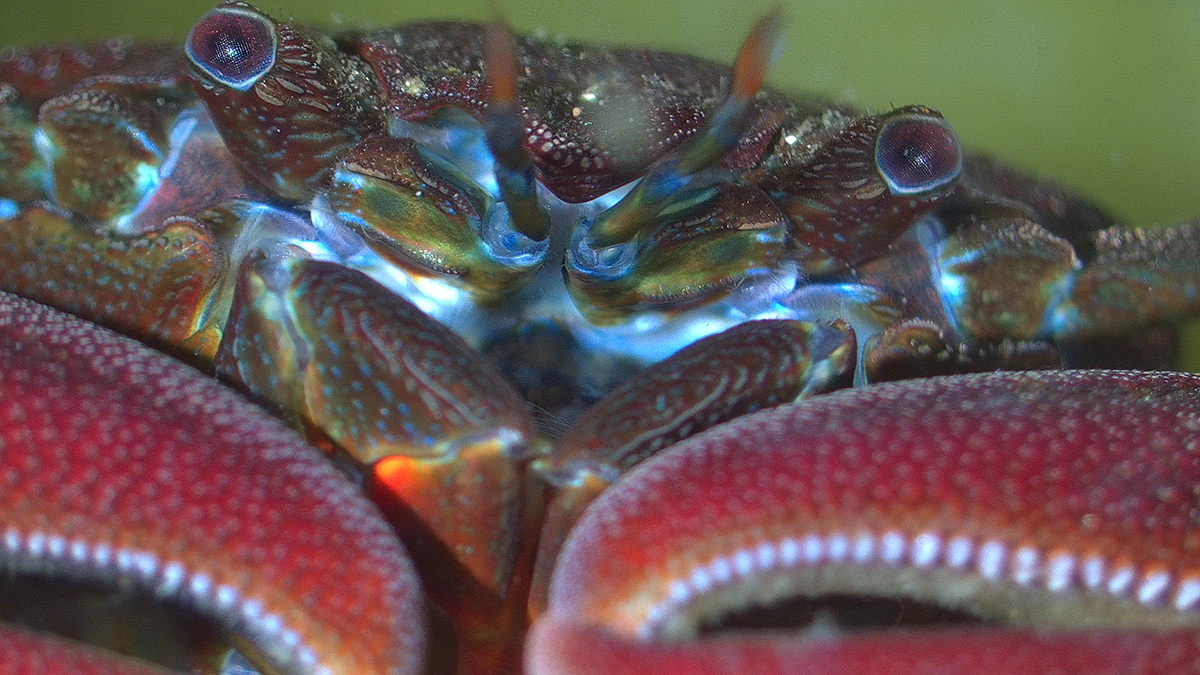
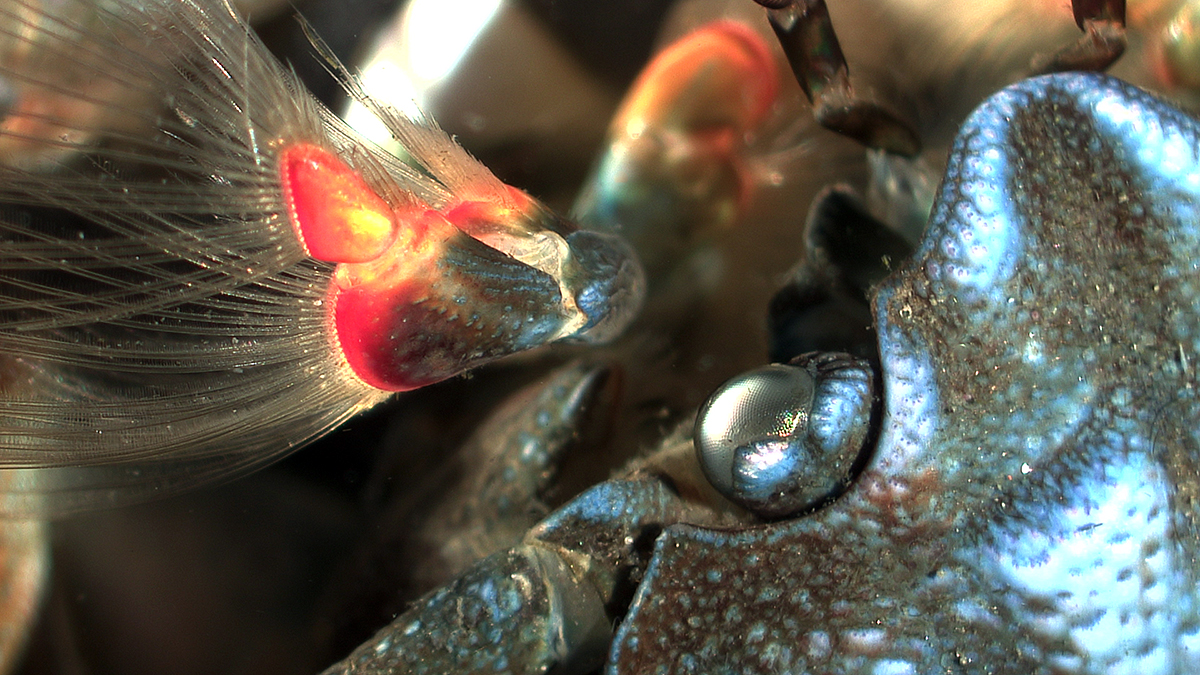
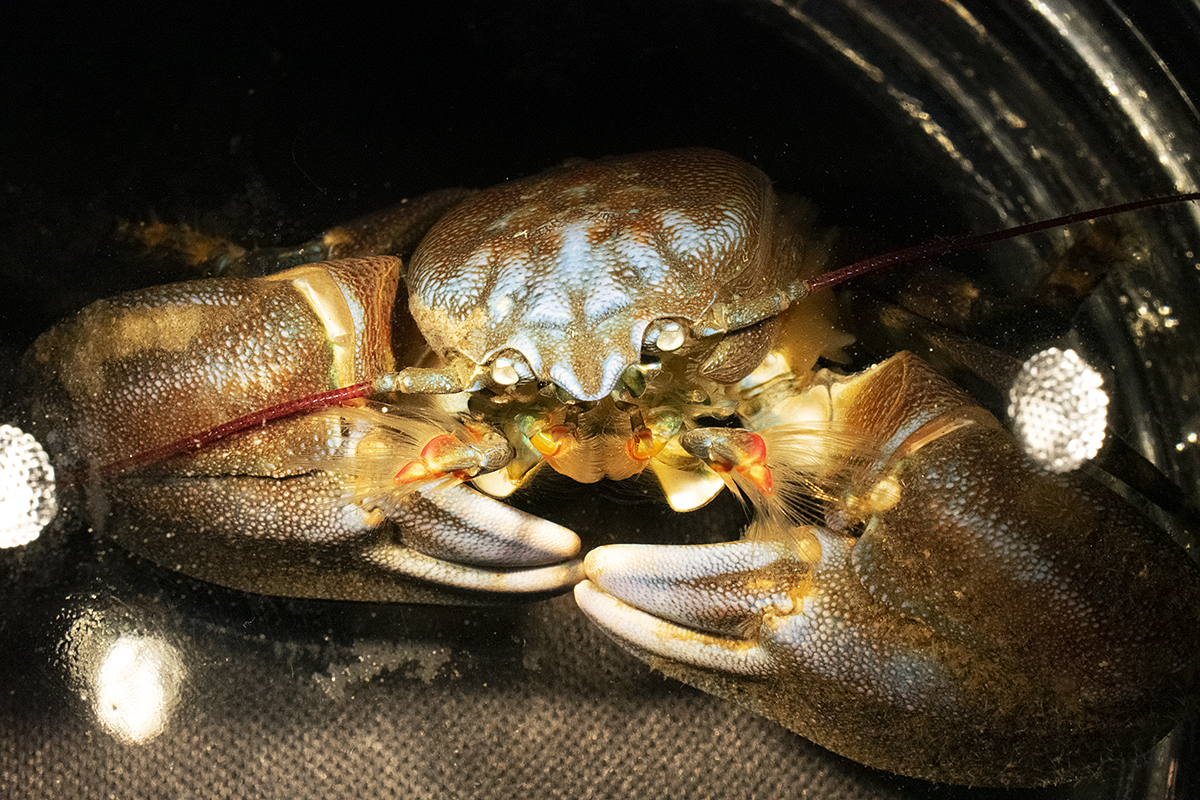


Leave a Reply
Want to join the discussion?Feel free to contribute!